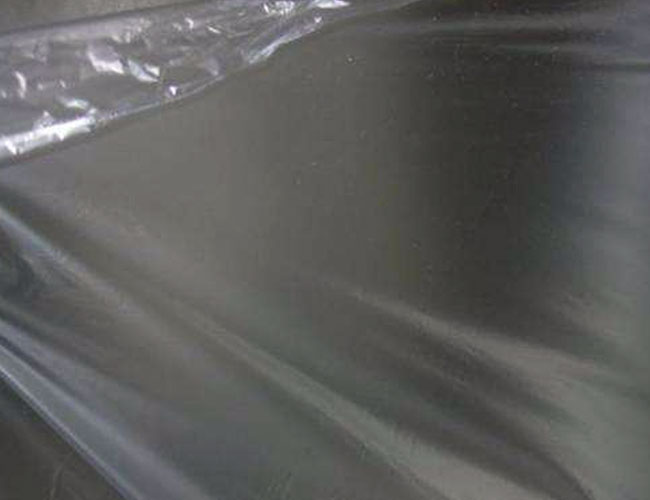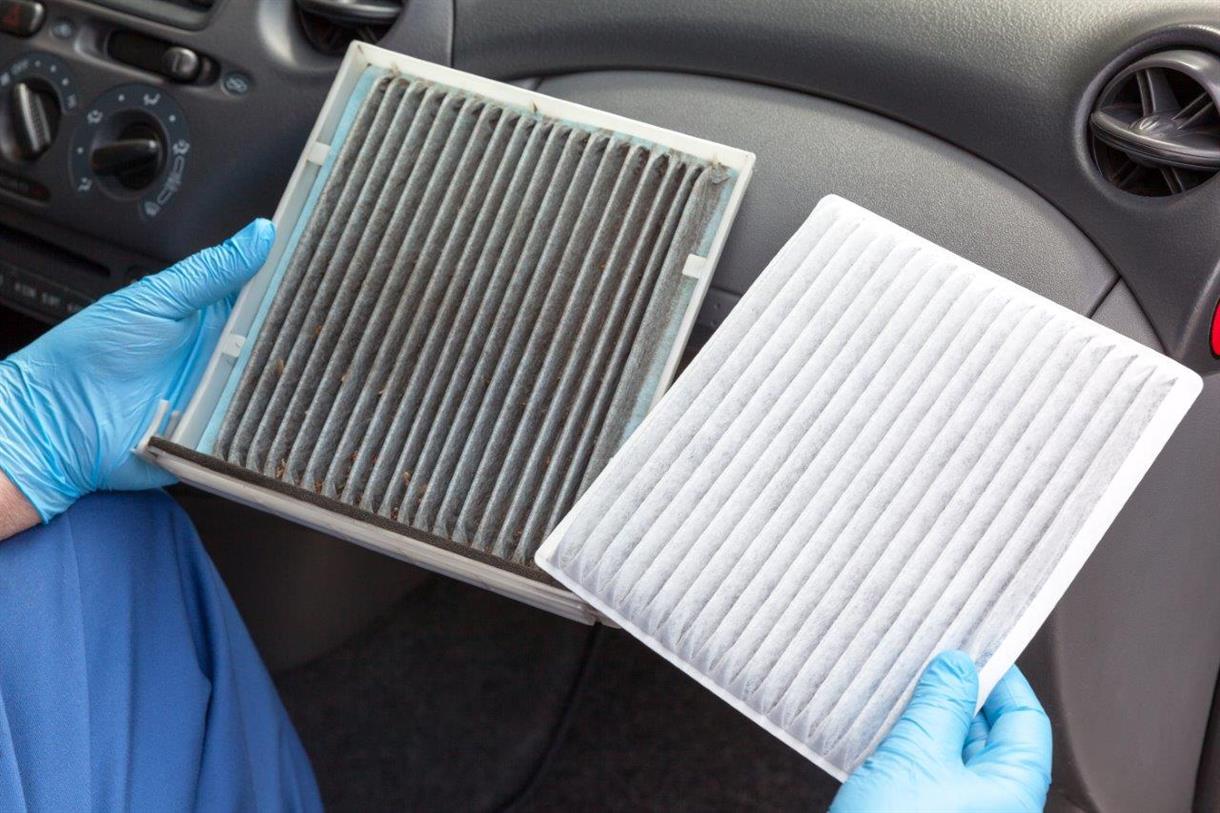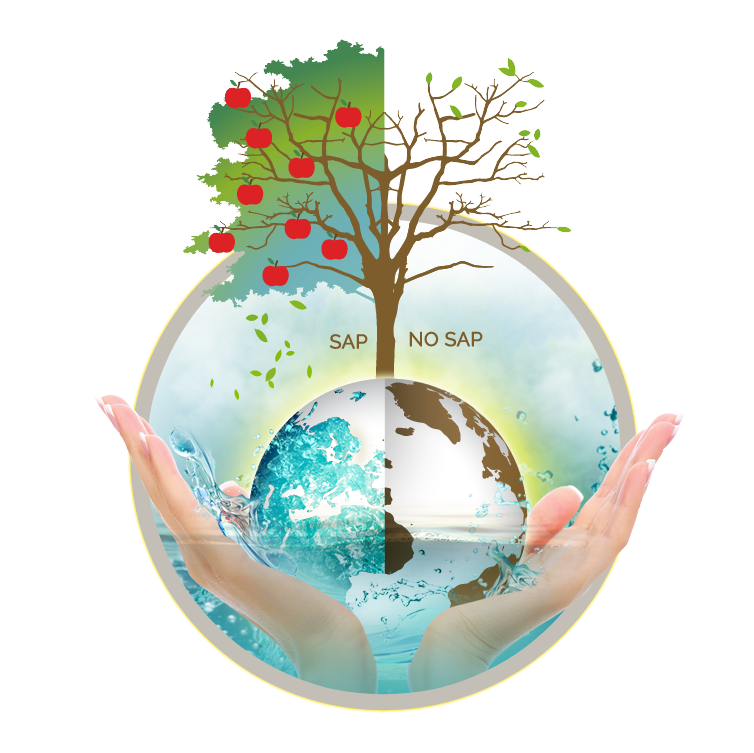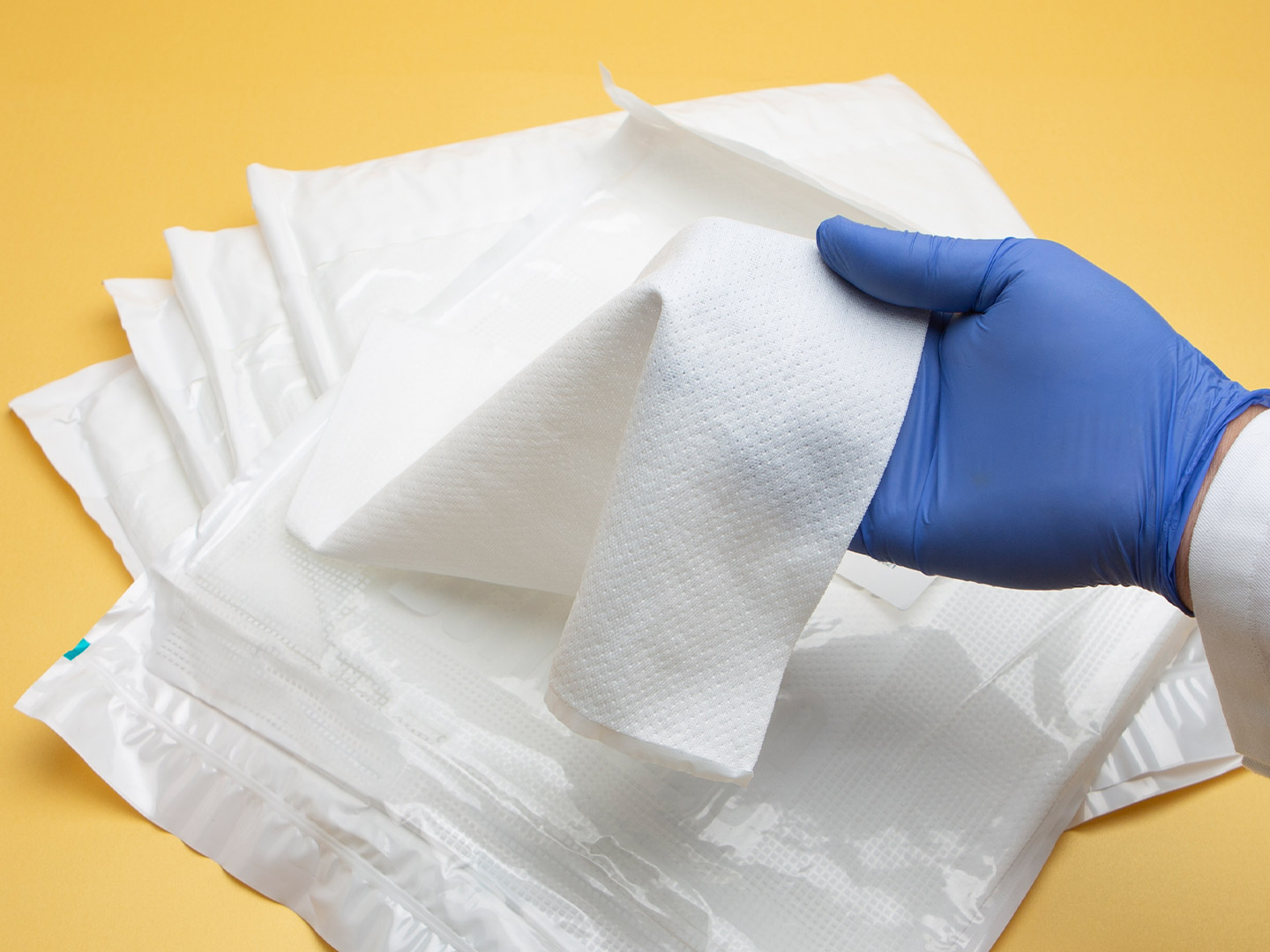
Cold water soluble film nonwoven is mainly used for high grade lingerie, model clothes and some special fabrics.
Water-soluble film, also known as PVA (PVOH) film, is a new type of environmentally friendly packaging material. Water-soluble film is a water-soluble, non-polluting, non-toxic high polymer material, which is soluble in water and can completely biodegrade to water and carbon dioxide (CO2+H2O) in nature, making it a truly green product.
Fast dissolving water soluble film: mainly used for embroidery backing, pesticide packaging, seed tape packaging, cleaning products packaging (such as laundry gel pearl film, medical laundry bags, etc.).
Medium soluble water soluble film: mainly used for food packaging, cosmetic packaging.
Slow-soluble water-soluble film: textile packaging, book packaging.
1. Fast dissolving speed. It can be completely dissolved in 5-18 seconds in room temperature water at 20℃.
2. Excellent softness and tensile strength.
3. Environmentally friendly without any side effects, does not contain any formaldehyde.
4. It can fully meet various embroidery processes.
5. It will not change color, the color of fabric and thread is not affected after water-soluble.
1. the faster it dissolves, the better, the less residue after dissolving, the better the water quality after dissolving.
2. the surface of the water soluble film should not have defects such as blistering, perforation, slagging, black spots, etc.
3. The water-soluble film with stable quality is stored for more than 1-2 years when it is not exposed to moisture.
The introduction of water-soluble film nonwoven ends here, hope the above sharing can help you.
If you want to buy water-soluble film nonwoven fabric, come to consult G&F GROUP, we have a complete range and fast delivery. Welcome to leave a message by email, thanks for watching.
 Nonwovens in daily life ----- filtration
Nonwovens in daily life ----- filtration
 Nonwovens in daily life ----- automotive
Nonwovens in daily life ----- automotive
 What is SAP – superabsorbent polymers
What is SAP – superabsorbent polymers
 The Future of Global Nonwoven Wipes to 2029
The Future of Global Nonwoven Wipes to 2029